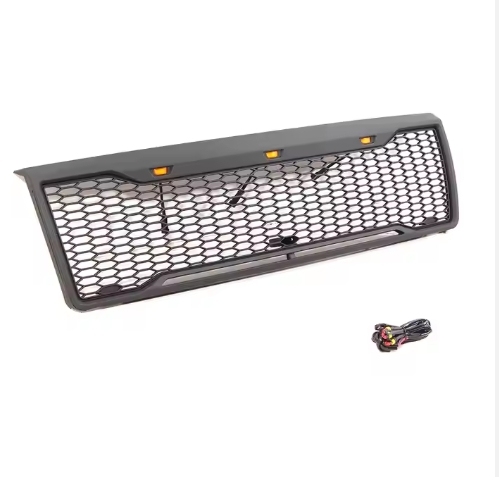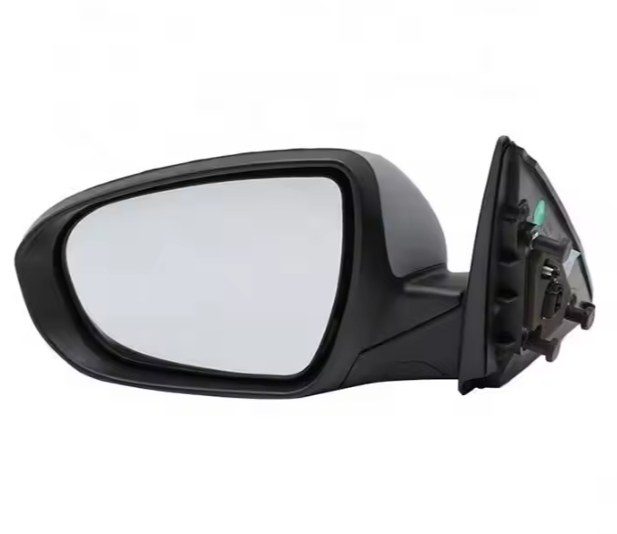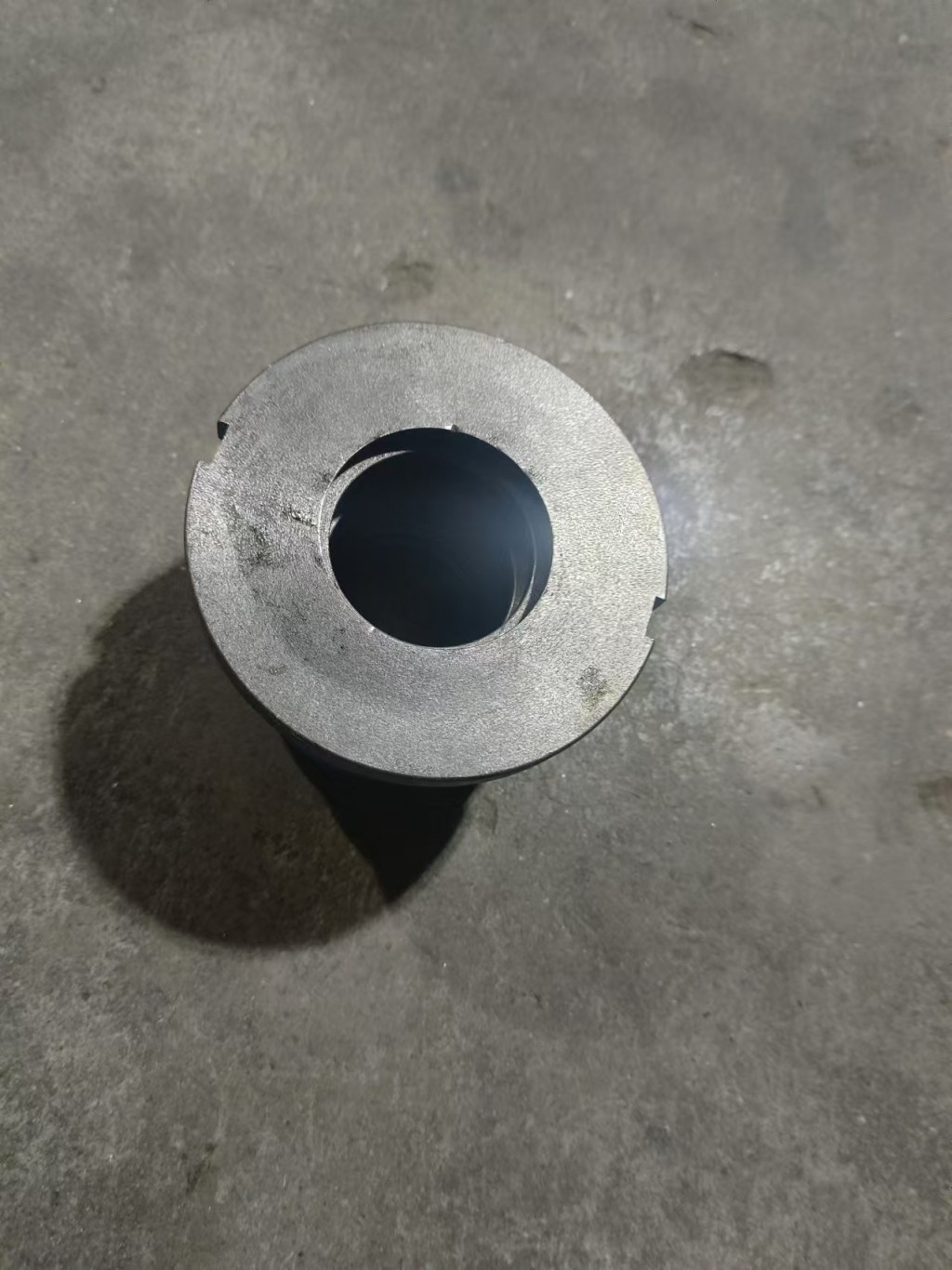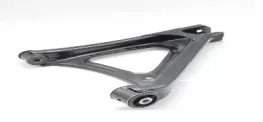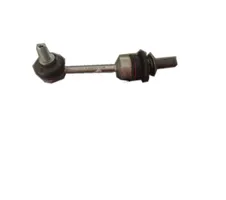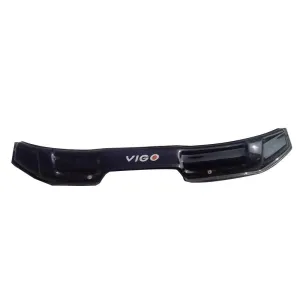Car bumpers are safety devices that absorb and slow down external impact forces and protect the front and rear of the car body. Many years ago, the front and rear bumpers of automobiles were stamped from steel plates into channel steel and riveted or welded to the frame longitudinal beams. There was a large gap between the car body and the car body, which looked very unsightly.

With the development of the automobile industry and the extensive application of engineering plastics in the automobile industry, automobile bumpers, as an important safety device, are also on the road to innovation. In addition to maintaining their original protective functions, today’s front and rear bumpers of cars must also pursue harmony and unity with the body shape and pursue lightweighting.
The front and rear bumpers of cars are made of plastic, which are called plastic bumpers. Generally, the plastic bumper of a car is composed of three parts: outer panel, buffer material and cross beam. The outer plate and buffer material are made of plastic, and the cross beam is stamped with cold-rolled sheet to form a U-shaped groove; the outer plate and buffer material are attached to the cross beam.
Introduce #
20 years ago, the front and rear bumpers of cars were mainly made of metal materials. They were stamped into U-shaped channel steel from steel plates with a thickness of more than 3 mm. The surface was treated with chrome plating. They were riveted or welded to the frame longitudinal beams and had a relatively long section with the body. The large gap seems to be an additional component. With the development of the automobile industry, automobile bumpers, as an important safety device, are also on the road to innovation. In addition to maintaining their original protective functions, today’s front and rear bumpers of cars must also pursue harmony and unity with the body shape and pursue lightweighting. In order to achieve this purpose, the front and rear bumpers of cars are made of plastic, which are called plastic bumpers.
Effect #
Car bumpers (anti-collision beams), located in most areas of the front and rear of the car, are ostensibly designed to avoid the impact of external damage to the vehicle’s safety system. They have the ability to reduce injuries to drivers and passengers in high-speed collisions. More and more are now being designed for pedestrian protection.
Protect #
1. Use the corner indicator column to determine the position of the bumper
The marks erected at the corners of the bumper are indicator posts. Some companies’ products also have the type that automatically expands and contracts with motor drive. This kind of corner indicator column can accurately confirm the corner position of the bumper, prevent damage to the bumper, and improve driving skills. People who often scratch the bumper are best to install one and give it a try. With this corner marking column, you can correctly judge the position of the bumper from the driver’s seat, which is very convenient.
2. Installing corner rubber can reduce bumper damage
The corners of the bumper are the most easily injured part of the car shell. People who are not good at driving can easily scratch the corners and make them full of scars. What protects this part is the corner rubber. It only needs to be attached to the corner of the bumper, and the installation is very simple. This method can reduce the degree of damage to the bumper. Of course, if the rubber is bruised, just replace it with a new one. In addition, corner rubber is a very thick rubber pad that is attached to the corner of the bumper. If you want it to look integrated with the car body, you can spray paint on it.

 April 1, 2024
April 1, 2024 
